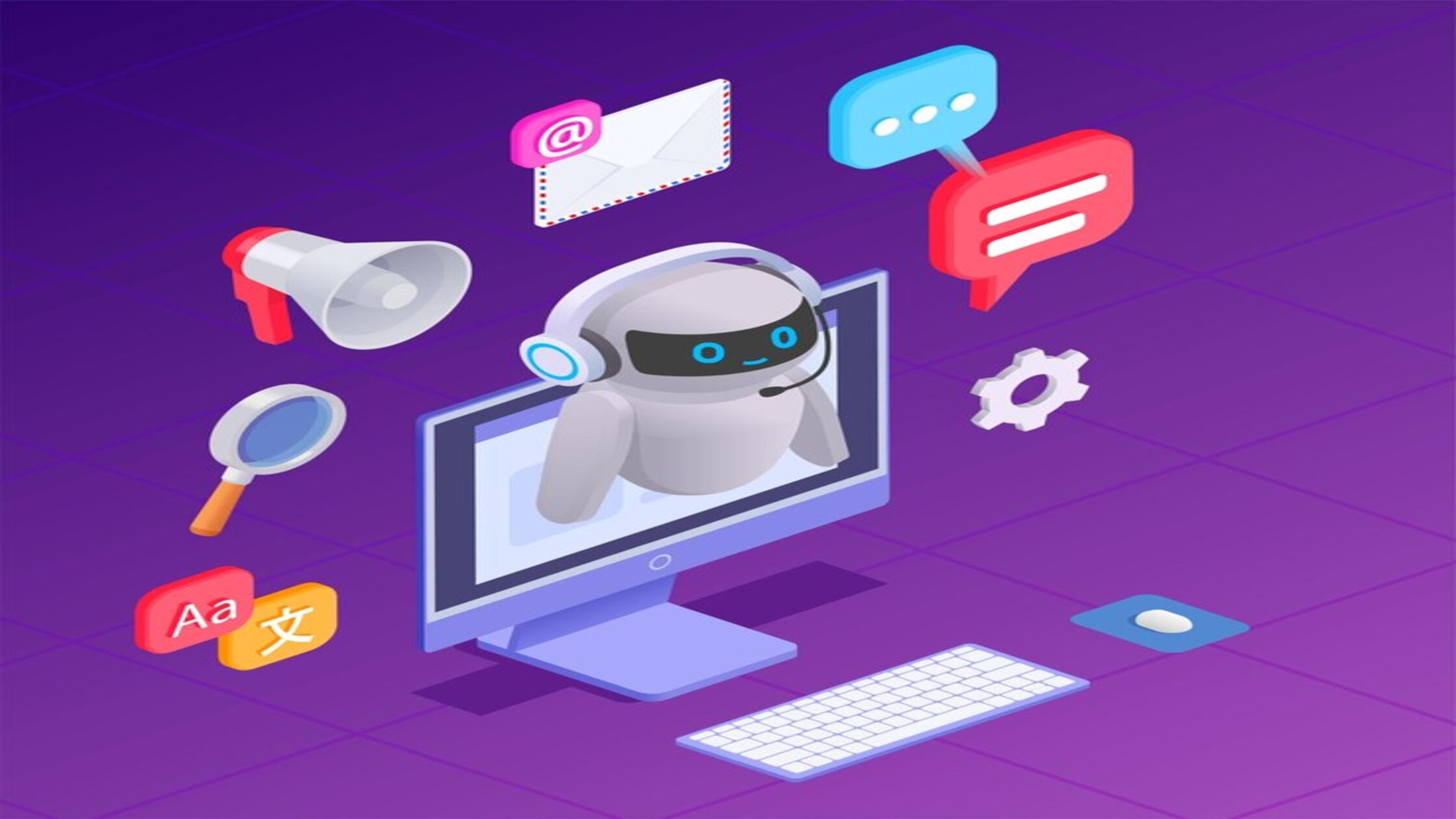Covered Contents
ToggleAI: The Ultimate Innovation Booster
Innovation drives every game-changer. But turning ideas into reality isn’t always easy. It can feel slow and full of challenges. What if you had tools to speed things up, spark creativity, and simplify problem-solving? That’s exactly what AI offers.
From brainstorming ideas to completing your final product, AI transforms how innovators work. It makes the journey faster, smoother, and more exciting.
Why Every Innovator Needs AI
From brainstorming ideas to finalizing the product, AI makes innovators work differently. It makes the journey faster, smoother, and more exciting. Here’s why it matters to your next big project:
Supercharge Your Creativity: AI is a great creative buddy. Whether brainstorming or designing, AI would help you find new ideas and give you the best design by thinking outside the box.
Save Time: You will have more time and can focus on more important things by saving hours that go into mundane repetitive tasks since AI automates these processes.
Data at Your Fingertips: AI can process huge amounts of data in mere seconds, offering insights you would never have had the chance to discover.
Predict and Adapt: AI can predict trends, spot potential issues, and suggest improvements before they become problems. This helps you stay ahead of the curve.
Now that we understand AI’s value to innovation, let’s look at how these tools can guide you from concept to creation.
Phase 1: The Idea Generation – Where It All Starts
The seed of innovation is indeed the idea; however, one thing that is evident to all the creators would be that an “ideal” idea is often compared to seeking a needle from a haystack. Here is when AI-powered idea generators come as the saviors in disguise.
AI-Powered Brainstorming Tools
AI tools like ChatGPT, Copy.ai, or Sudowrite are great brainstorming assistants because they enable rapid idea generation and are pretty intuitive. Algorithms can come up with catchphrases for creative marketing moves. Maybe even just input some keywords and Bing—you’re loaded with hundreds, thousands, unique ideas that one might not have even brainstormed without.
For example, if you are designing a new mobile app, AI will suggest names for the app that are unique, catchy taglines, and features that are trendy with the times. The list is endless, and you’ll be inspired to death!
Trendspotting with AI
Second, AI is an excellent research tool. Want to know what’s trending in your industry? Tools like Google Trends and Buzz-Sumo help plunge into data, analyzing what people are talking about, searching for, and engaging with. Such insight assists you in shaping ideas that are desired, ensuring that your concept fits the market.
Phase 2: Design – Putting Ideas into Tangible Concepts
Once the idea comes, it’s time to make it real. Design is where magic happens, but it’s also the place where things can start going wrong. Luckily, AI has your back.
Design Assistance with AI
It takes time, skill, and creativity to create something that will look beautiful and also function well. But AI makes this even easier. For example, in creating a logo or a website, tools like Canva and Figma use AI to suggest templates, layouts, and styles. In a matter of clicks, you’re able to receive professional-looking designs without necessarily having expertise in design.
For example, in Canva’s case, AI may suggest color palettes, fonts, and images based on your project style. This way, you spend much less time playing with designs, and more of your time creating.
From Idea to Prototype via AI
If you are creating a product, the AI tools available such as Autodesk Fusion 360 and SketchUp help you to model and prototype in 3D. That way, product designers can check on their concepts even before building them. AI optimizes your designs in terms of durability and cost also, so you get a pretty realistic idea about how your product would perform.
With these AI-powered tools, you can fine-tune your design in a fraction of the time, creating something not only beautiful but functional.
Phase 3: Development – Making It Happen
You have the concept and design ready—now it’s time to turn your idea into reality. Whether it’s an app, software, or a physical product, AI tools are here to assist.
Automated Coding and Development
Writing code can be pretty grueling and even time-consuming. With AI-powered coding assistants, however, tools like GitHub Copilot and Tabnine are doing this duty to keep your product perfectly refined. These will provide suggestions about snippet codes for you, point out the issues you’re facing, and even write whole sections of code based on your prompts. Put together, you’ll spend less time coding and more time perfecting that product.
For instance, if you’re developing a mobile application, all parts of the appropriate code could just be generated for you by the GitHub Copilot, so it runs efficiently through all devices with each operating system. That lets you fine-tune your app features instead of staying lost in their details.
Testing with AI
Testing is a crucial aspect of the development process, and generally, it takes up most of the time that is required for building a product. However, AI tools such as Test.ai and Appli-tools can test your app on various devices with the help of machine learning, making sure that everything works seamlessly before its release. Such tools will find bugs, glitches, and potential performance issues, saving you the agony of having to test the entire thing manually.
Phase 4: Launch – Launching Your Product into the World
The last phase is the launch moment. However, after all the efforts that you make in months, there is much more to be done. How do you promote your product? How do you ensure its success? That’s where AI marketing tools come in.
AI-Driven Marketing
AI tools like HubSpot, Mailchimp, and Hootsuite make marketing easier. They use machine learning to study your audience. Based on this, they personalize emails, suggest content, and improve social media posts. These tools save you time by automating tasks and help you create campaigns your audience will love.
Imagine running a product launch. AI tools can help you send emails at the best possible time to reach your target, suggest personalized content for each segment of your audience, and even predict which customers are most likely to convert. In other words, a more efficient, targeted, and successful launch!
Predicting Market Success
AI can also predict how your product will do in the market. Platforms such as Data-Robot and Peltarion analyze historical data and trends, giving insights into how customers might receive your product. You can, therefore, fine-tune your marketing, product features, and strategy before launch to ensure the best outcome.
Conclusion: The Future of Innovation Is Here
AI tools are no longer reserved for tech geeks and big companies only; they are for anyone with an idea and the hunger to innovate. Be it developing, designing, or launching, AI can dramatically simplify your processes as it gives you fresh insights and keeps you ahead of the curve.
Thanks to AI, innovation tomorrow is brighter, faster, and more creative than ever. So, the next time you get that lightbulb moment, don’t think twice about utilizing the power of AI tools. They could be the partners that can help you bring your big idea into the next big thing!
Read More:



Pretty! This has been a really wonderful post. Many thanks for providing these details.
This was beautiful Admin. Thank you for your reflections.
This was beautiful Admin. Thank you for your reflections.
There is definately a lot to find out about this subject. I like all the points you made